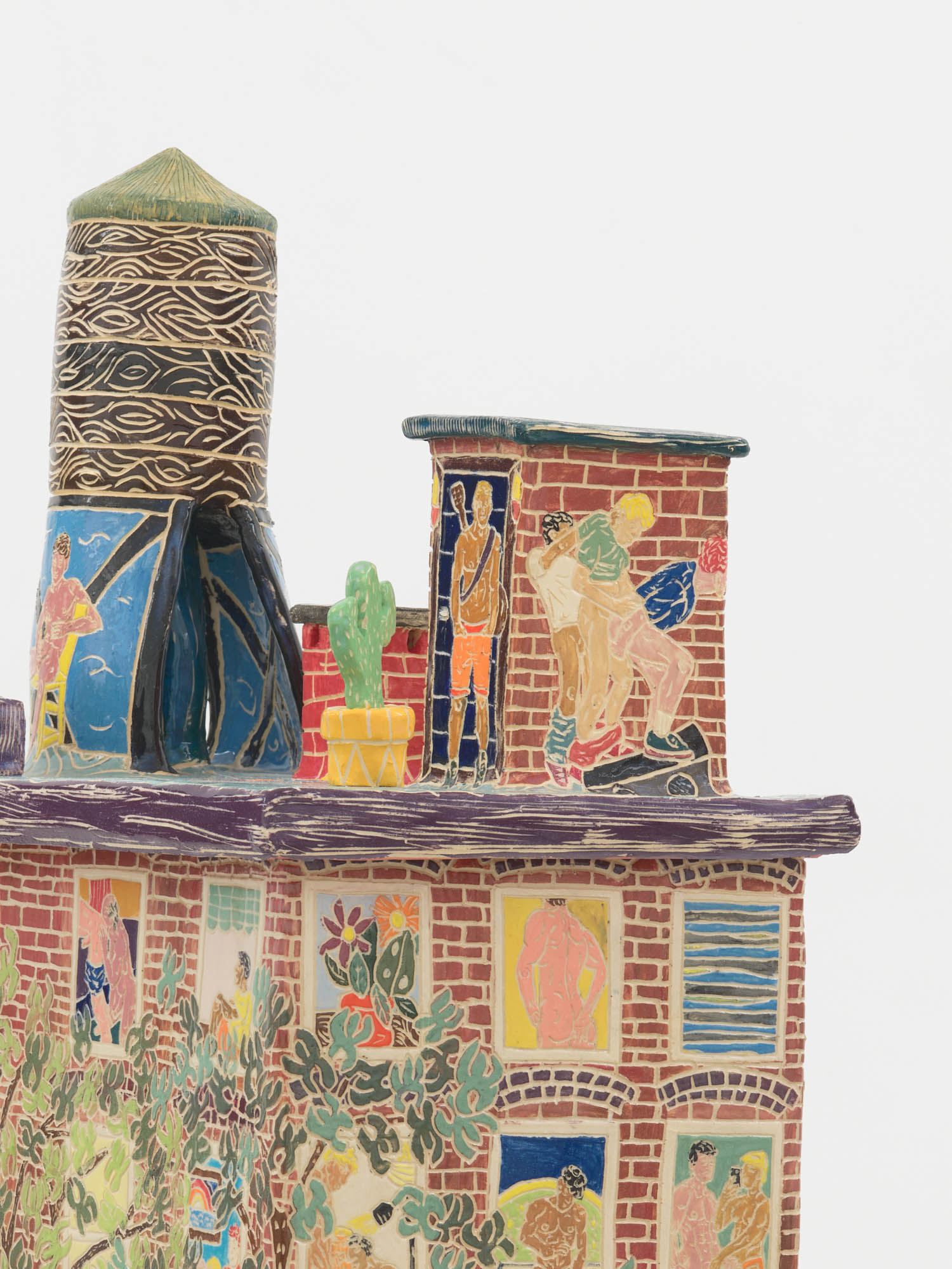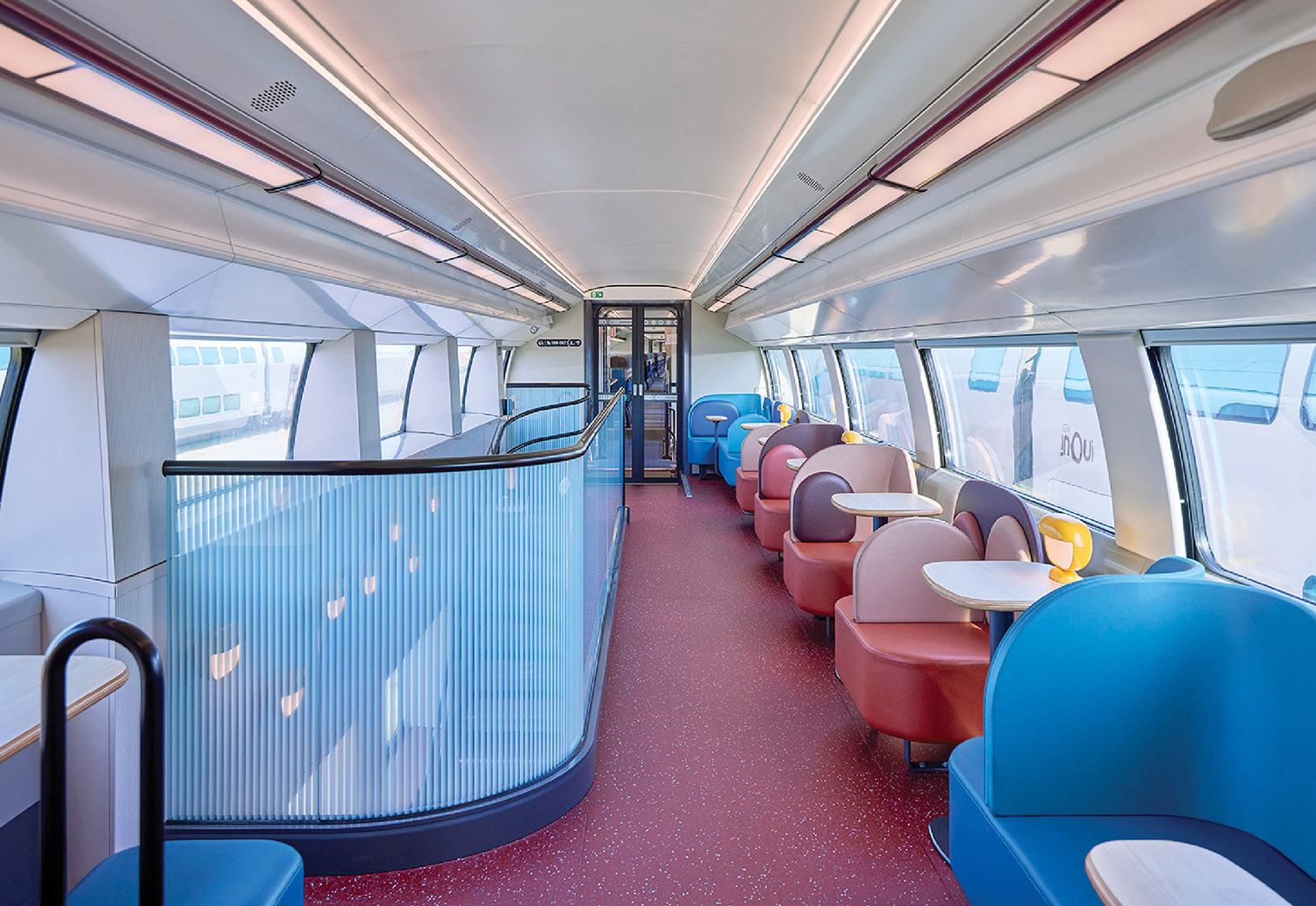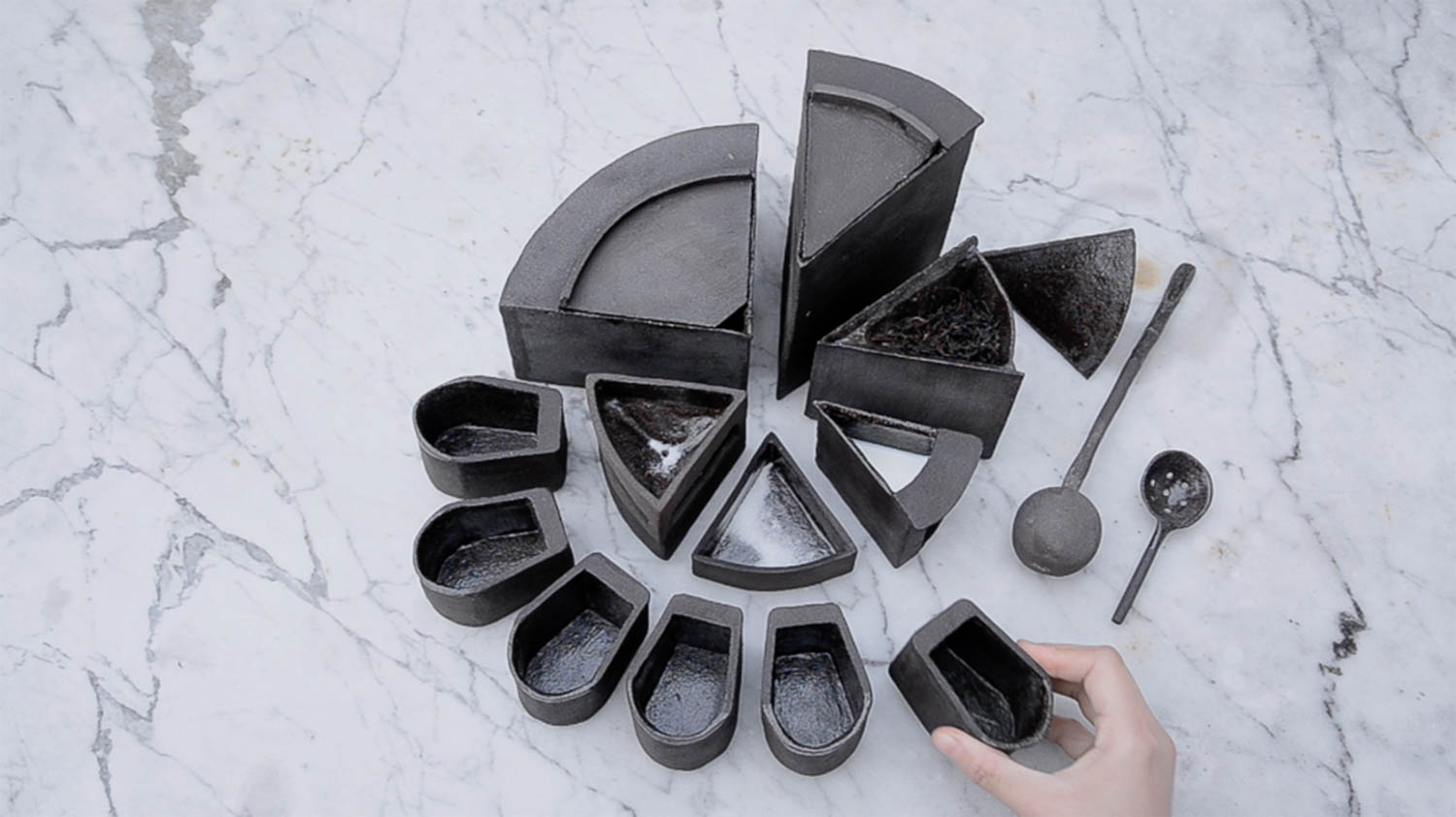10 Questions With… Francine Houben

Francine Houben could write a book on libraries. Over its 35-year existence, her Rotterdam-based architecture and design firm Mecanoo has undertaken a significant number of important library projects. Among them are ground-up builds that include the Library of Birmingham in England, the Delft University of Technology Library in the Netherlands, and the Tainan Public Library in Taiwan. Equally notable are two on-going renovations: both main buildings of the New York Public Library in midtown Manhattan and the Ludwig Mies van der Rohe-designed Martin Luther King Jr. Memorial Library in Washington, D.C. Interior Design sat down with the Dutch architect to talk about the significance of libraries in modern culture, what she most enjoys about working in Asia, and what she collects when she travels.
Interior Design: You have said that libraries are currently the most important public buildings, like cathedrals used to be. Why do you think this is?
Francine Houben: Ask people to imagine a library, and many may think of something like that in Hogwarts—a Gothic caricature of historic libraries shrouded in gloom and a respectful, almost sacred silence, a repository for arcane books written by people long dead. It’s certainly poetic, but not a place for most people or for modern media. Libraries have been changing ever since the Babylonians stored documents on clay tablets in rooms five millennia ago, and this century the changes have accelerated. Libraries are coming alive as venues of culture and education, not just scholars but for all. They are hubs for community services and events. Their core function—to give access to printed publications—is transforming as what we read and see becomes more digital. The buildings that libraries occupy should be anchors and catalysts for urban renewal, not just of the built environment, but for the interaction of people, inside and out.
ID: What are the challenges of designing libraries compared to performing arts centers, and is there a cross-fertilization of ideas between them?
FH: Libraries have a tradition to be more public. Performing arts centers are traditionally more elitist. What is interesting about our National Kaohsiung Center for the Arts in Taiwan, considered the largest performing arts center in the world under a single roof, is that we designed it in that way that combines the formal and the informal. Even if you cannot afford a ticket, you can enjoy the informal public space, BanYan Plaza. A lot of activities and performances are free. You can even play the grand piano there. Next semester at Yale I will be a visiting professor teaching the Opera of the Future, a performance space for all.

ID: Do you see yourself as a Dutch architect and what does that mean to you?
The world is my home. I am a European citizen, and I am Dutch. That means that I am direct, open-minded, creative, and like to collaborate with other disciplines.
ID: What books and movies have been an influence on your work?
FH: So many books, but also the movies of Jacques Tati. “Blade Runner.” And “The Belly of an Architect” by Peter Greenaway.

ID: Health and wellness are catchwords in architecture and design right now. You have designed several hospitals and spas in places such as Taiwan. What is exciting to you as a designer in the wellness space?
FH: My philosophy is that architecture should touch all the senses. And that is extremely rewarding in a wellness spa.
ID: What are the differences between the Netherlands and the Far East?
FH: We have been working in South Korea, China, and Taiwan. The culture of the Far East is inspiring. I love the informality, especially in the city of Kaohsiung, a harbor city. It remembers me of the city where I live—Rotterdam—which is also a harbor city. And I enjoy the food in Asia.
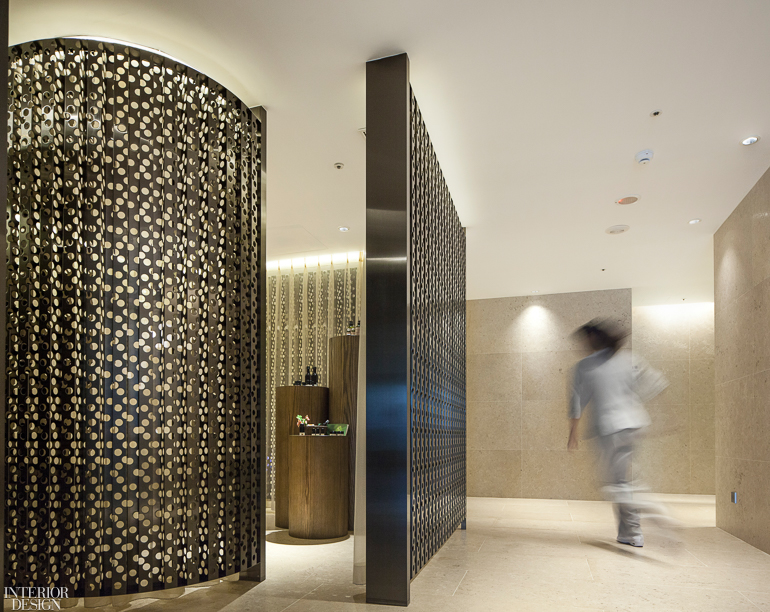
ID: You started out designing public housing and have an interest in sustainability. How do you keep true to your original vision of what architecture should be?
FH: Mecanoo started with designing affordable housing in urban renewal areas 35 years ago. Sustainability is always on our minds. The library of the Technical University in Delft, completed in 1995, is a glass building covered with a green park. Is it a building or a landscape? It’s a building of glass and grass that uses thermal heat and cold storage from deep down in the bottom of the land. Today we are working on zero-energy buildings or even nitrogen-zero constructions.
ID: You use a variety of materials such as wood, bamboo, zinc, copper, concrete, glass, and steel in compositions full of contrasts. Why are these materials appealing?
FH: Our palette of materials depends on the place and the purpose. If there is a lot of sculpturality I like to use fewer materials. In the interior, it is often more interesting to use a varied palate to touch the human senses.
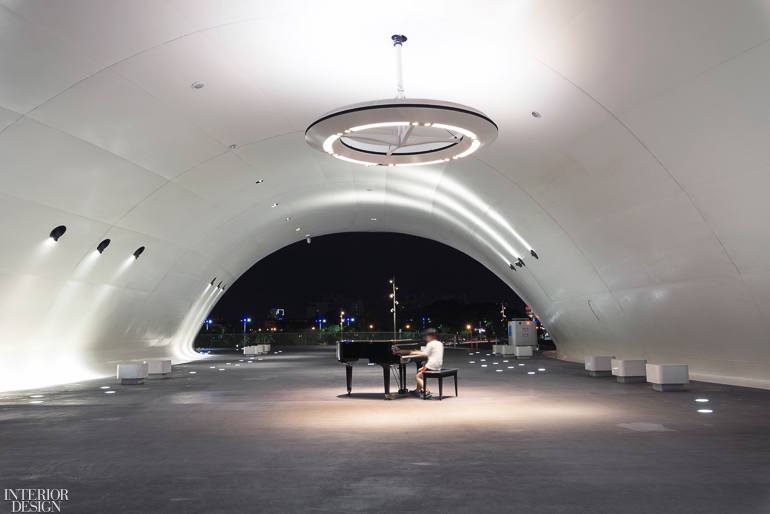
ID: What architects and designers do you most admire?
FH: Alvaro Siza, Alvar Aalto, Charles and Ray Eames, Lina Bo Bardi, and Toyo Ito.
ID: Do you collect Delftware, if not what?
FH: I have some Delftware, of course. But I do not collect it. I have a collection of spinning tops. I used to buy them when I was traveling as a memory, something very small and local—most of the time handmade.
Keep scrolling to see more of Francine Houben’s work >
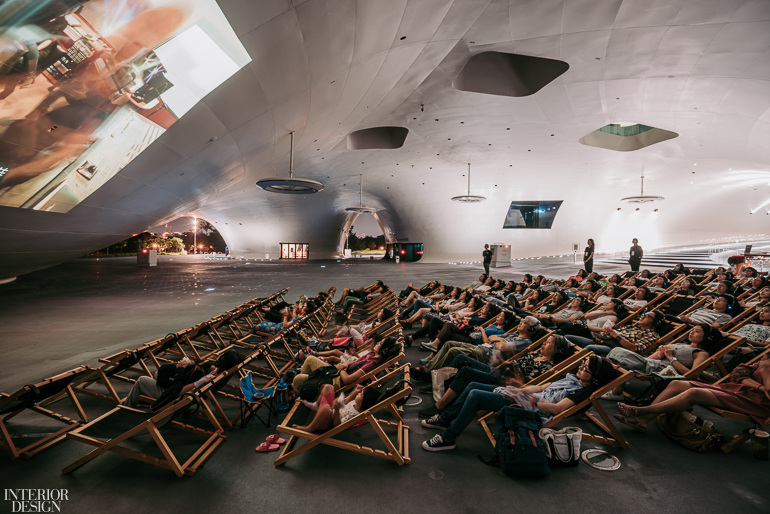

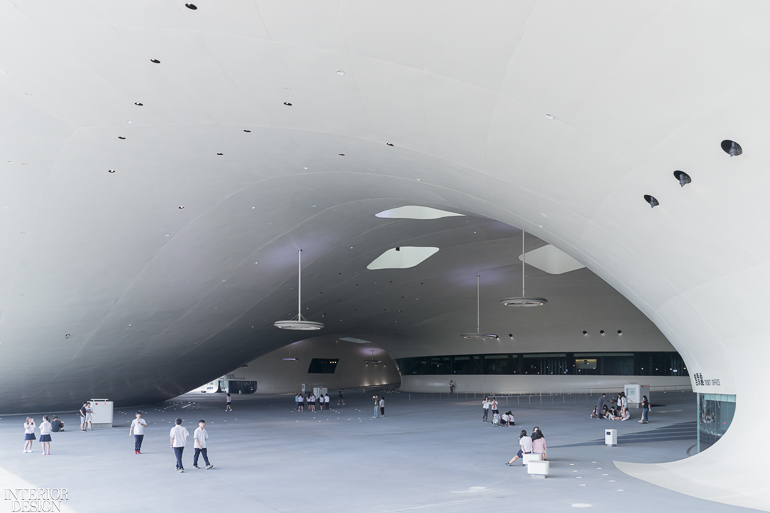
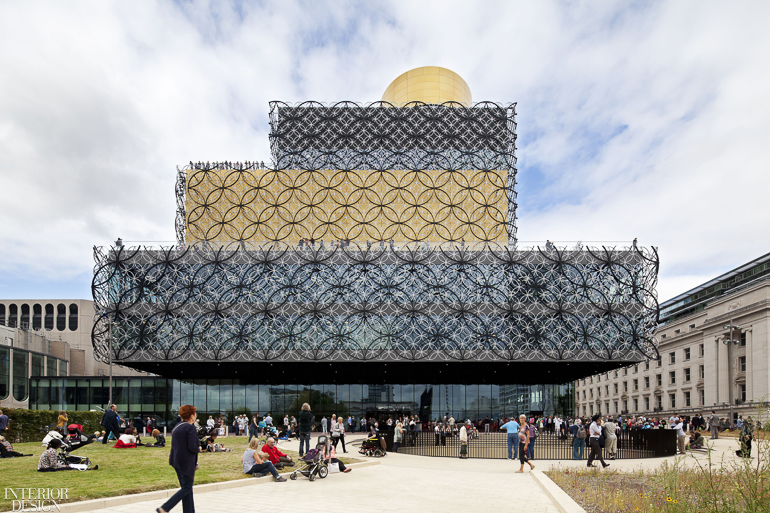
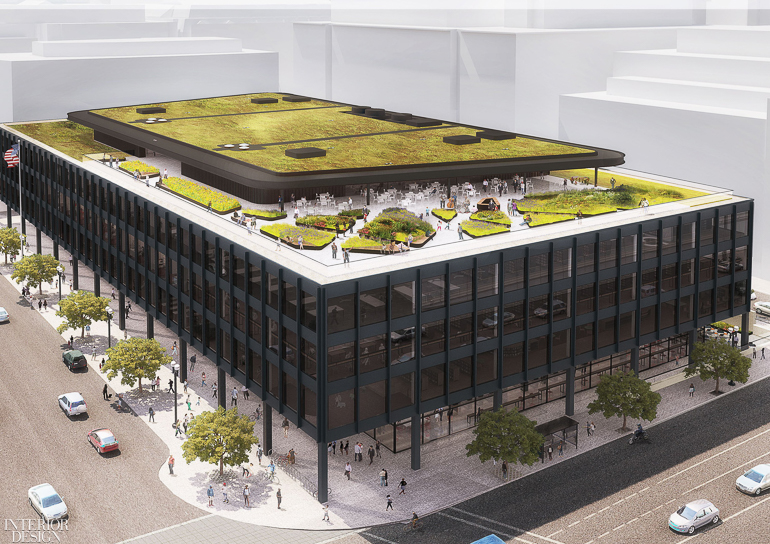
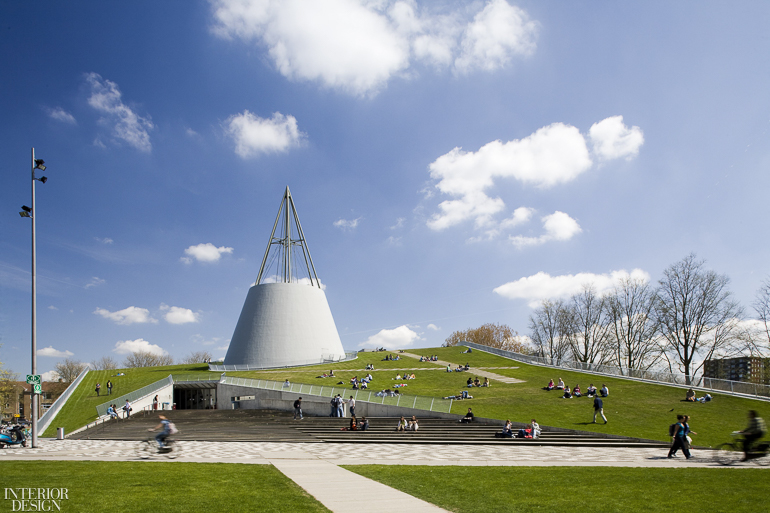
Read more: 10 Questions With… Space Copenhagen
